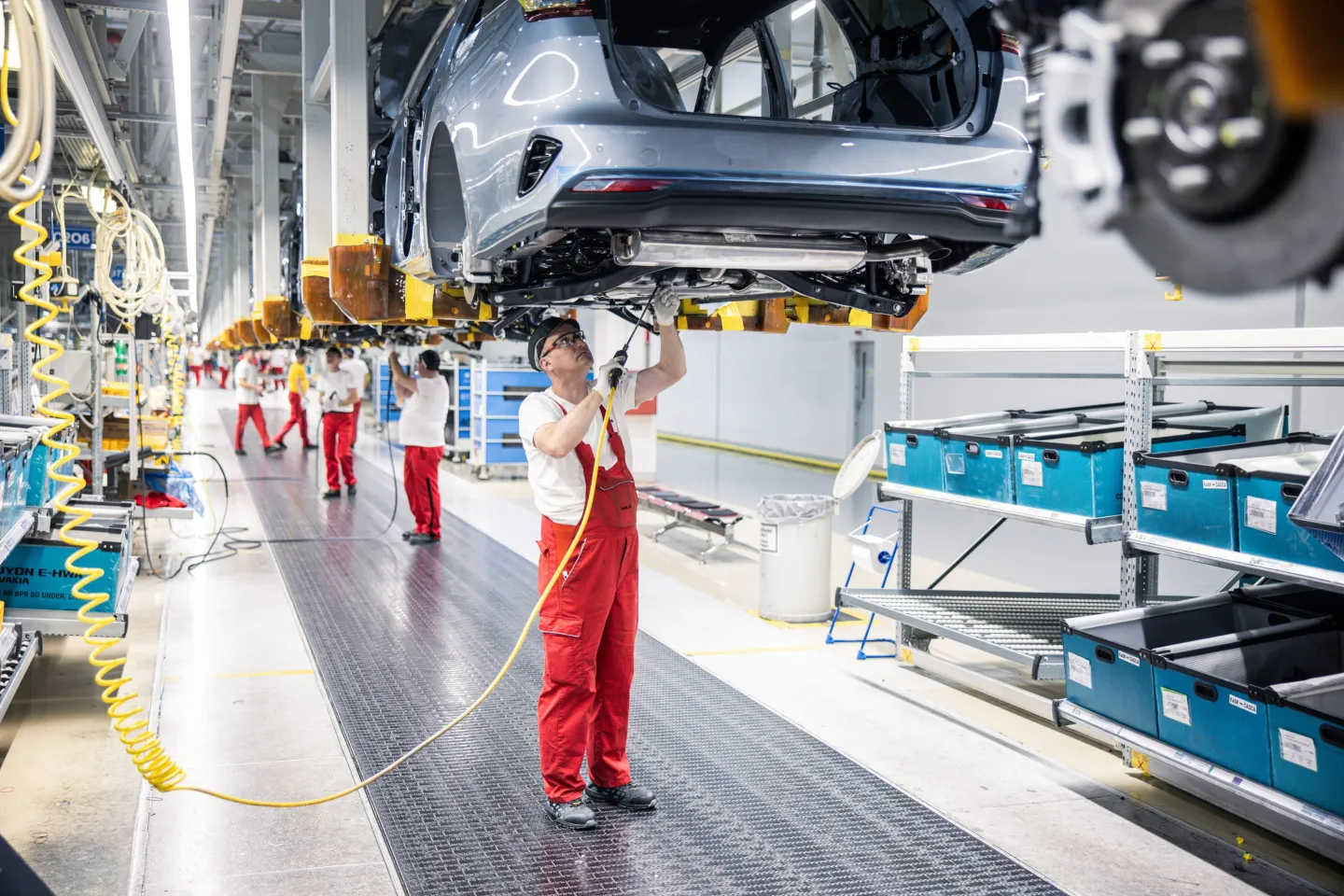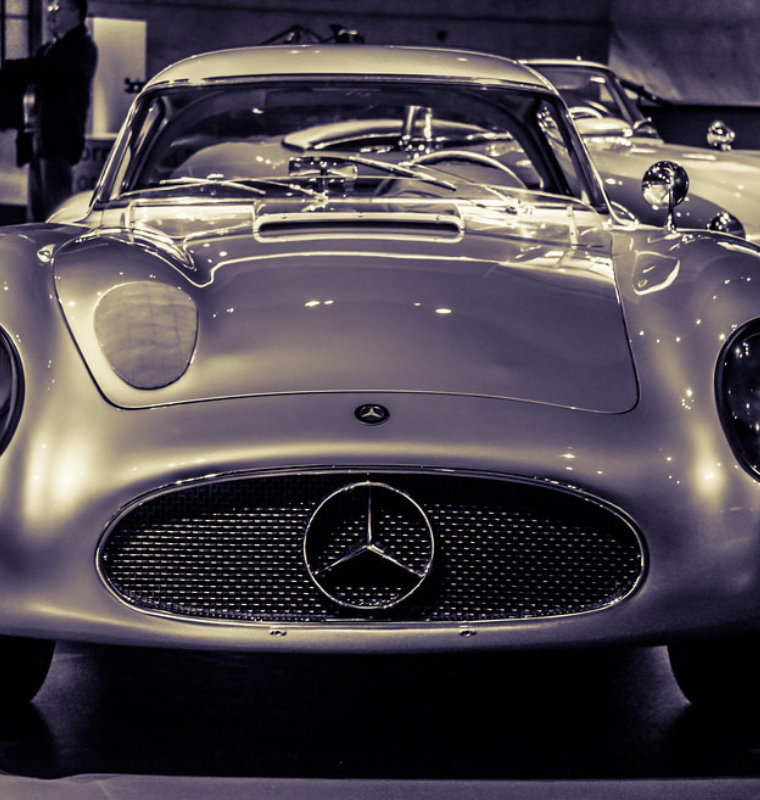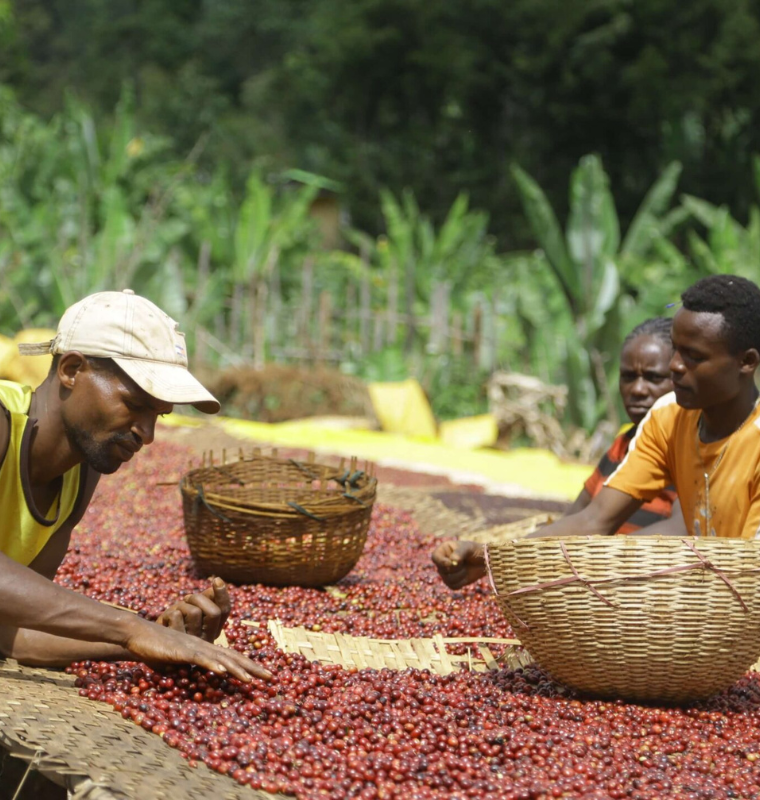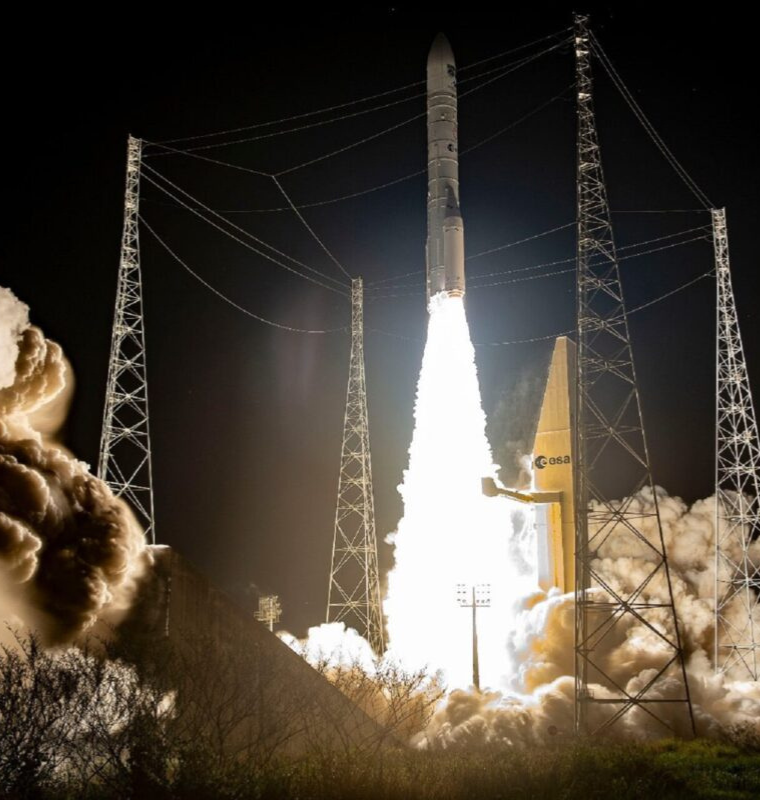Slovakia’s Status as “Europe’s Detroit” Fades Amid Automotive Industry Fallout
Slovakia’s Status as “Europe’s Detroit” Fades Amid Automotive Industry Fallout
By
Calder Monroe
Last updated:
October 23, 2025
First Published:
October 23, 2025

Getty Images
A powerhouse on the wane
The automotive industry in Slovakia—a nation of just 5.4 million people—has long been a success story. At its peak, the sector produced around 1 million cars annually and accounted for roughly 11 % of GDP, about 50 % of industrial output, and around 10 % of total employment.
That remarkable performance earned Slovakia the nickname “Europe’s Detroit.” Key global manufacturers like Volkswagen, Kia, Jaguar Land Rover and Volvo (which has announced a major EV-plant near Kosice) established large production hubs in the country.
However, a convergence of headwinds — US tariffs, rising Chinese competition, increased domestic taxes, and geopolitics — threatens to erode this golden era.
Tariffs bite hardest
The short-term threat for Slovakia’s car sector has been mounting tariffs. US policy under Donald Trump proposed up to 25 % tariffs on automotive imports from the EU, with analysis showing Slovakia as likely the most vulnerable EU country. One study estimated that a sustained 25 % US tariff could cut Slovak auto exports by some €360 million.
While a tentative trade deal between the US and the European Union moderated the tariff threat to around 15 %, the burden remains heavy. Manufacturing plants in Slovakia — many of which funnel into US supply chains — now face a sharply increased cost of doing business abroad.
In fact, one modelling scenario found that Slovakia’s GDP could shrink by as much as 0.5 percentage points under a full 25 % tariff scenario, the largest hit among all EU nations.
Electric vehicle shift and lost investment opportunities
Beyond tariffs, Slovakia’s auto sector is grappling with the global transition to electric vehicles (EVs) — and it’s proving a mixed picture. On the plus side, the upcoming Volvo EV plant is one of the largest investments of its kind in the region. Another example: South Korea’s Hyundai Mobis signed a deal with the Slovak government to invest over €170 million in an electric car parts plant in the Nováky region.
But there have been setbacks too: major manufacturers such as Volkswagen and Stellantis chose other European locations for their newest EV lines, signalling that Slovakia may not always be first in line for the green transition. Meanwhile, government support has been criticised as weak while corporate tax burdens rise and business conditions deteriorate — undermining competitiveness during a key transformation.
Domestic tax and policy environment under pressure
While global pressures mount, Slovakia’s internal policy environment is adding to the strain. The current government, led by Robert Fico, has increased taxes and introduced new levies — including on financial transactions — as part of broader fiscal consolidation.
Industry voices warn that these measures increase the cost base for domestic manufacturers just as global competition tightens and margins shrink. Some Slovak analysts point out that while the U.S. tariff threat is immediate and visible, the rising domestic tax burden is a stealthier risk to long-term viability.
Geopolitical uncertainty adds another layer
Slovakia’s strategic risk profile is shifting. The government’s more sceptical stance towards the EU’s Russia sanctions and its close ties to Eastern-bloc energy suppliers have raised concerns among foreign investors. As Slovakia is increasingly perceived as a less reliable partner, investment decisions may gravitate elsewhere.
In effect, what began as a manufacturing haven within Europe now carries structural risk factors: trade war exposure, rising competition, internal policy headwinds and geopolitical ambiguity.
Can it reclaim its shine?
Despite the mounting challenges, Slovak industry insiders caution against reading the end of the story too soon. Compared with the decline of Detroit, Slovakia’s disruption is more nuanced. The country still hosts major automotive plants, continues to draw large-scale foreign investment and remains competitive in certain niches.
That said — without decisive policy support, strategic investment in EV infrastructure and a favourable tax/business environment — the country’s standing as a top-tier automotive frontier is at risk of slipping.
Popular articles
Subscribe to unlock premium content
Why Mauritius Is Leading the World in Luxury Underwater Hotel Experiences

The Evolution of Mercedes-Benz From Karl Benz’s First Motorcar to Today’s Luxury and Electric Innovations

The Secret Coffee Economy of Yirgacheffe, Ethiopia, and Its Global Influence

Why Mauritius Is Leading the World in Luxury Underwater Hotel Experiences

The Evolution of Mercedes-Benz From Karl Benz’s First Motorcar to Today’s Luxury and Electric Innovations

Why Mauritius Is Leading the World in Luxury Underwater Hotel Experiences









